- Adventure Tour to India
- Tourist Attractions in India
- Behind the Scenes of a Hand-painted Map
- National Parks & Tiger Reserves in Rajasthan
- Embracing Eco Tourism in Rajasthan
- Golden Triangle Tour in India
- Best Time to Visit India
- Tiger Conservation in India
- Sariska and Ranthambore
- National Tiger Day in India
- The Glowing Eyes
- In the Wild Heart of Sariska: A Journey into the Unknown
- Hide and Seek with Hyena
- Rajmata of Sariska
- Sariska Tourism
- Shankar: The Ghost of the Boulders and a Testament to Resilience
- Tigers in Sariska
- Animals in Sariska National Park, Rajasthan
- Weekend Getaway from Gurgaon
- Trip to Sariska National Park
- An unforgettable wilderness walk among Sariska's leopards
- Weekend Getaways From Jaipur
- A Dawn with Leopards
- The Leopards of Sariska
- Wildlife Photography in Sariska
- The Role of Tehla in Sariska’s Conservation Legacy
- Places to Visit Sariska
- Sariska Tiger Reserve and National Park
- Sariska Safari
- Weekend Getaway From Delhi
- Vultures of Sariska
- Deciduous Jungle of Sariska
- Mythological Importance of Sariska
- Sariska Tiger Reserve
- Avifauna of Sariska, Around the Camp, and Nearby Wetlands
- Migratory Birds of Sariska
- Boulders of Tehla
- Camera Trap
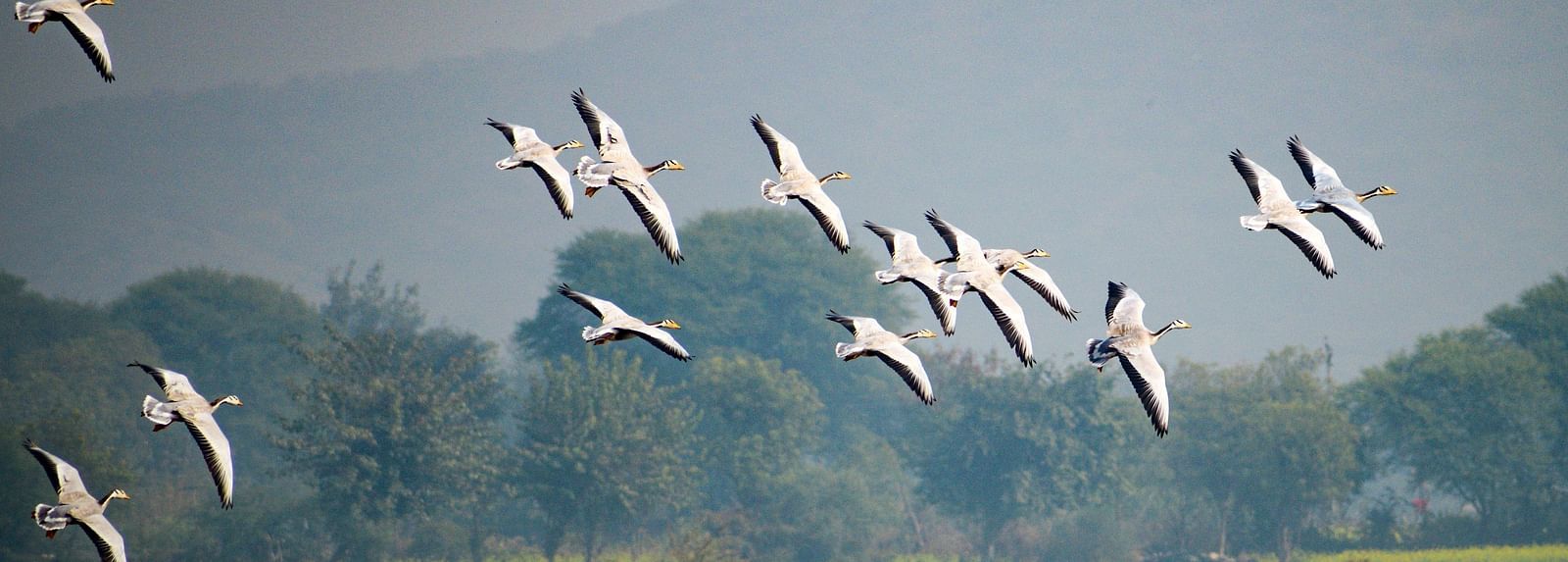
Migratory Birds of Sariska
Sariska is an enchanting place located in the Alwar district of the state of Rajasthan. The landscape of Sariska includes hills and narrow valleys of the Aravali Mountain range. The forests of Sariska constitute grasslands, dry deciduous forests, tropical forests, and scrub-thorn arid forests. The climate of Sariska includes distinct winter, summer, monsoon and post-monsoon seasons with an overall subtropical climate. The highest temperature recorded was 49⁰C whereas the lowest recorded temperature was -4⁰C. The biodiversity of Sariska is an excellent example of the varied ecological adaption and tolerance displayed by the variety of flora and fauna found in Sariska. Wildlife enthusiasts, amateur bird lovers and ornithologists usually find Sariska a birding hot spot due to the presence of different landscapes which harbour a variety of resident as well as seasonal migratory birds.
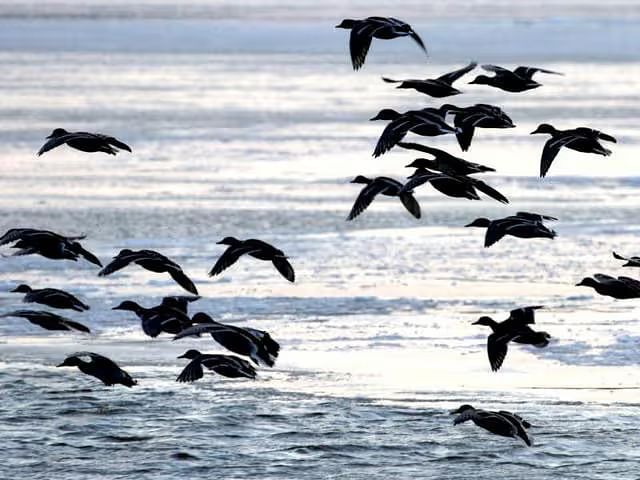
Migration
The seasonal movement of birds in search of feeding grounds in which flocks fly hundreds or thousands of kilometres is a natural process of survival. The birds usually follow established routes of migration which allow them to rest and refuel along the way to reach their destination. These established routes are obtained by landmarks, stars or astronomical aids (like moon cycles), the earth’s magnetic field and different wind patterns and climates.
Seasonal Migration
The migration of birds during various seasons in search of feeding grounds from their breeding ranges is termed as ‘seasonal migration’. Birds have a high metabolic rate and thus require large amounts of energy (food) at frequent intervals. This is not possible all year around, especially during winters when most of the vegetation dries up. Thus, birds migrate in search of food and water to locations which provide favourable conditions for them to inhabit.
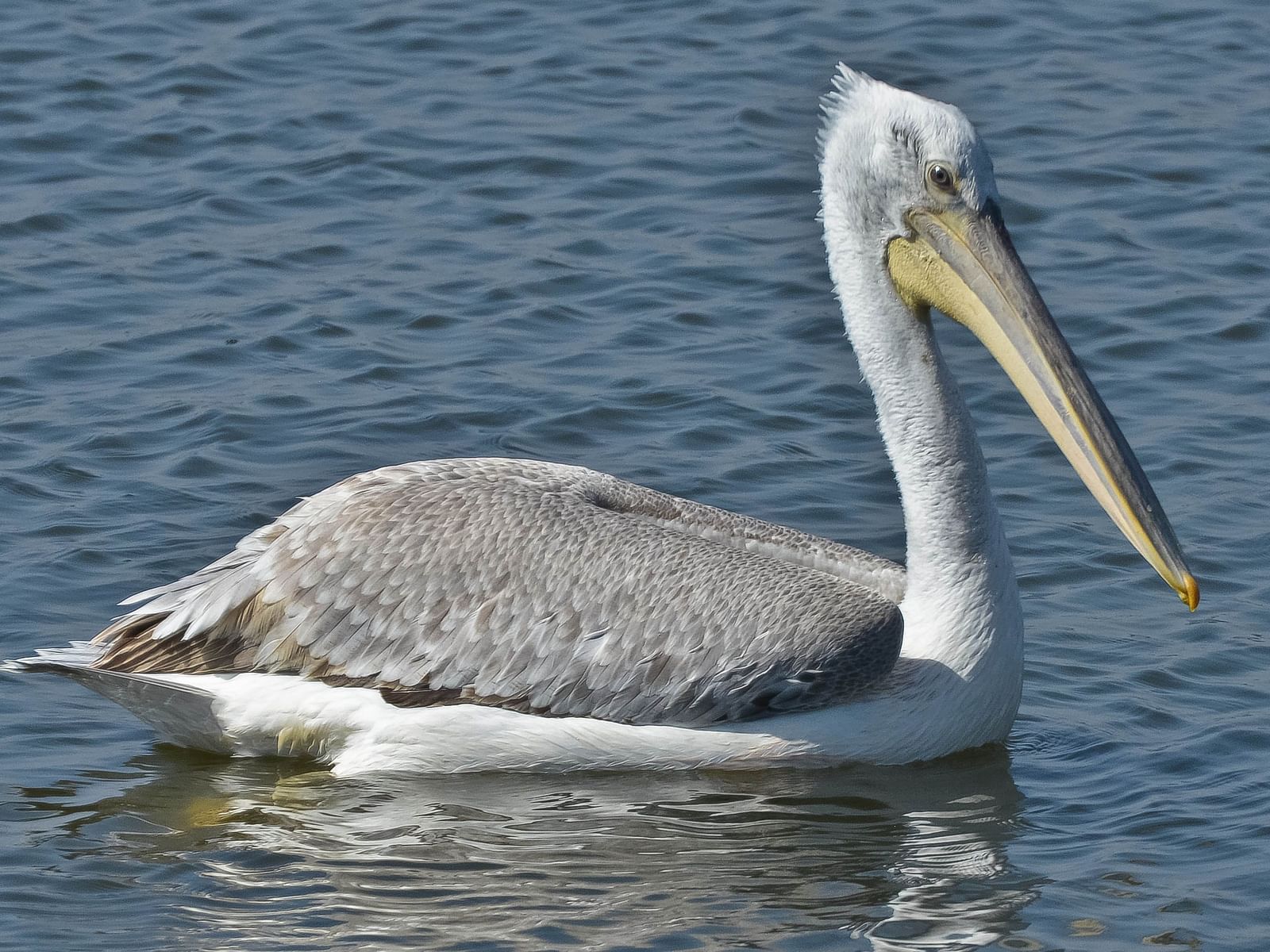
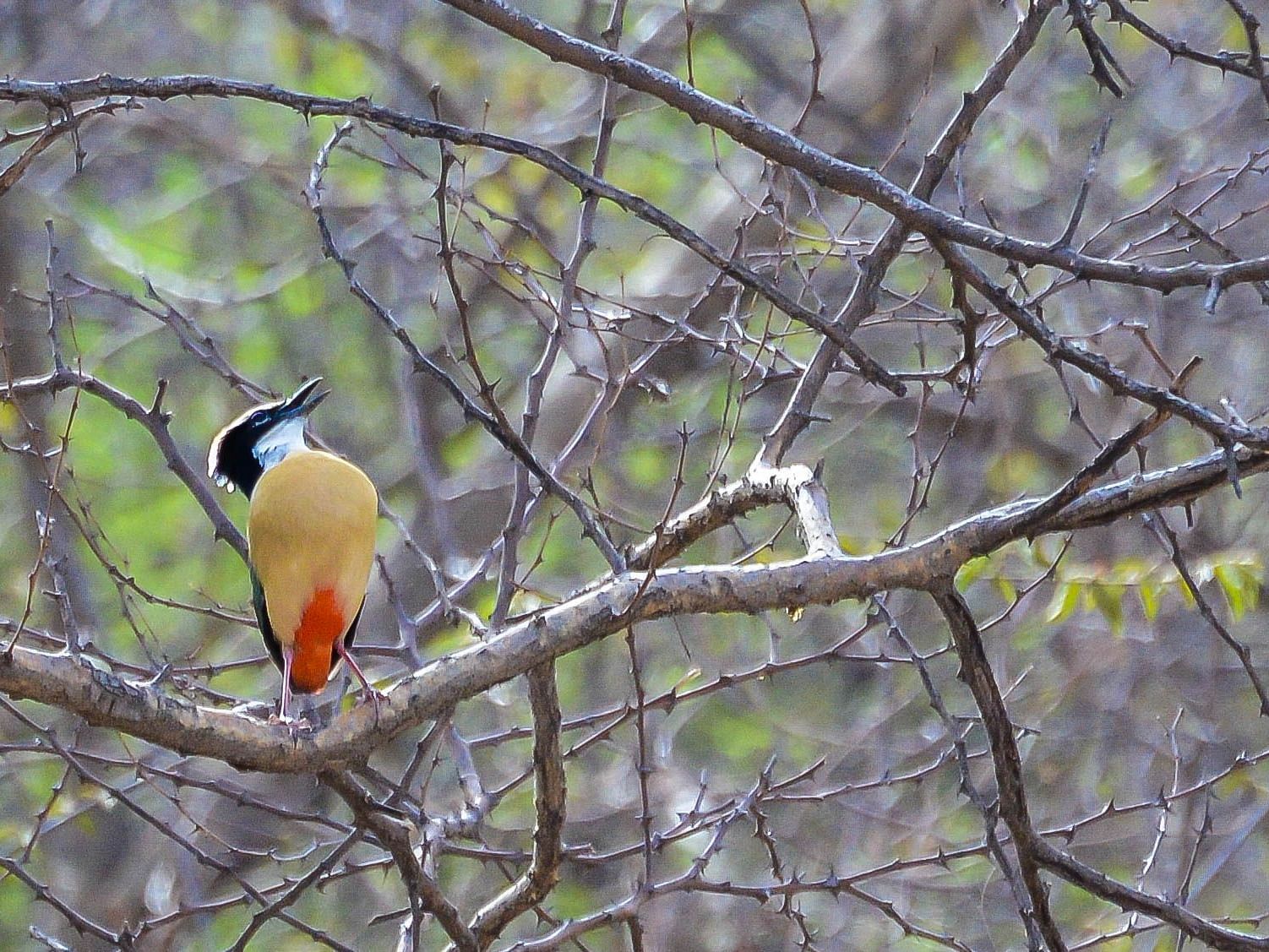
Longitudinal and Latitudinal Migration
The migration of birds from the north to the south direction and vice versa is termed as ‘Latitudinal migration’, whereas the migration of birds from east to the west direction and vice versa is termed as ‘Longitudinal migration’.Reasons for Migration
The birds migrate mainly in search of food. During winters the northern regions experience scarcity of food due to which some birds migrate to the tropical regions in search of food. After a few months when spring arrives in the northern hemisphere, the food stock gets replenished and the migratory birds fly back to their native (breeding) grounds. Some birds are smart enough to migrate in search of better locations to raise their young ones. The birds migrate to location which has better availability of food, favourable breeding colonies, and adequate shelter, this increases the chances of healthy offspring. Some of the other reasons for migration are, to escape harsh environments (such as extreme climate), avoidance of predatory birds, and to move away from susceptible human encroachments.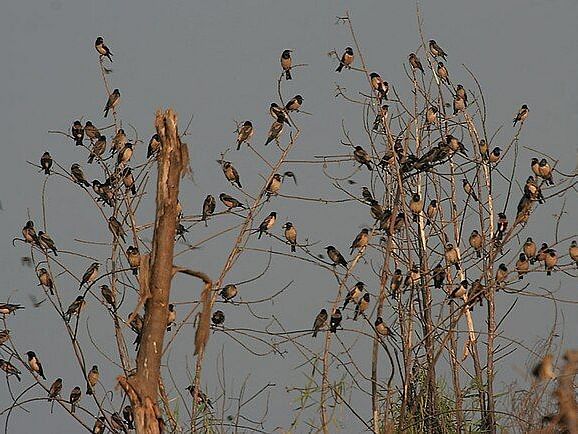
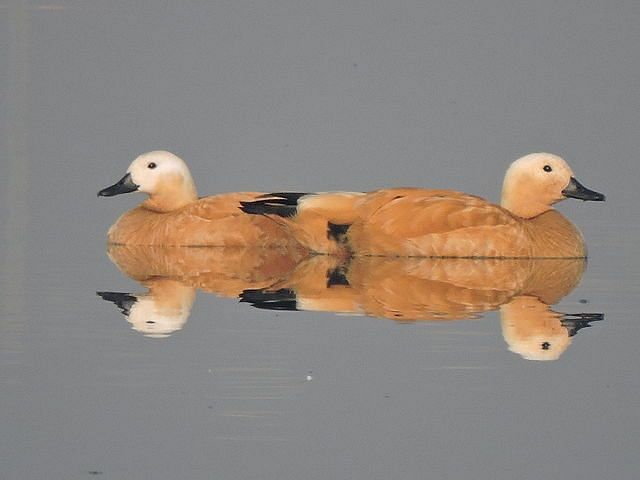
Why do Birds Migrate to Sariska?
The habitat found in and around Sariska consists of forest which is mainly tropical dry deciduous and dry tropical thorny forest. The presence of different kinds of trees provides varied food availability such as grains, vegetation, rodents, and insects which attract many bird species. This varied forest diversity attracts many migratory bird species like starlings, cisticolas, chats, prinias, buntings, and some raptor species. Other than the forest, the farmlands, fallow lands, isolated trees and hedgerows provide a neat hideaway, roosting locations, and perches for the migratory birds to thrive.Sariska receives about 90 per cent of its annual rainfall during the monsoon months of July, August, and September which fills up perennial springs like Paras Nath, Talvriksh, Bhrartrahari, and Naladeshwar. Apart from these springs, a few dams such as Mangalsar, Somasagar, Silised, and Kankwadi and lakes like Mansarovar and Karna ka Bas provide valuable habitats for water birds like geese, ducks, storks, cranes, pelicans, herons, egrets and many more.
Many of these migratory birds start arriving in mid-October which includes a variety of birds such as ducks, geese, raptors, warblers, waders and cranes. Some of the birds seen in and around Sariska are mentioned above. Around 296 species of birds have been seen and documented in and around Sariska and most of these can be observed when visiting Sariska National Park, and water bodies such as Mallana Dam, and Mansarovar Lake (Mangalsar Lake). We at Utsav Camp Sariska provide many experiences which would allow an individual to get in touch with nature and enjoy the flora and fauna in and around Sariska. The experiences are led by in-house naturalists who are experts in the field of wildlife. The experiences provided by Utsav Camp Sariska include bird-watching activities in and around the property, nature trails, boulder hikes, jungle jeep safari inside the Sariska National Park and excursion drives to Mallana Dam, Mansarovar Lake, Neelkanth Temple and Bhangarh Fort.
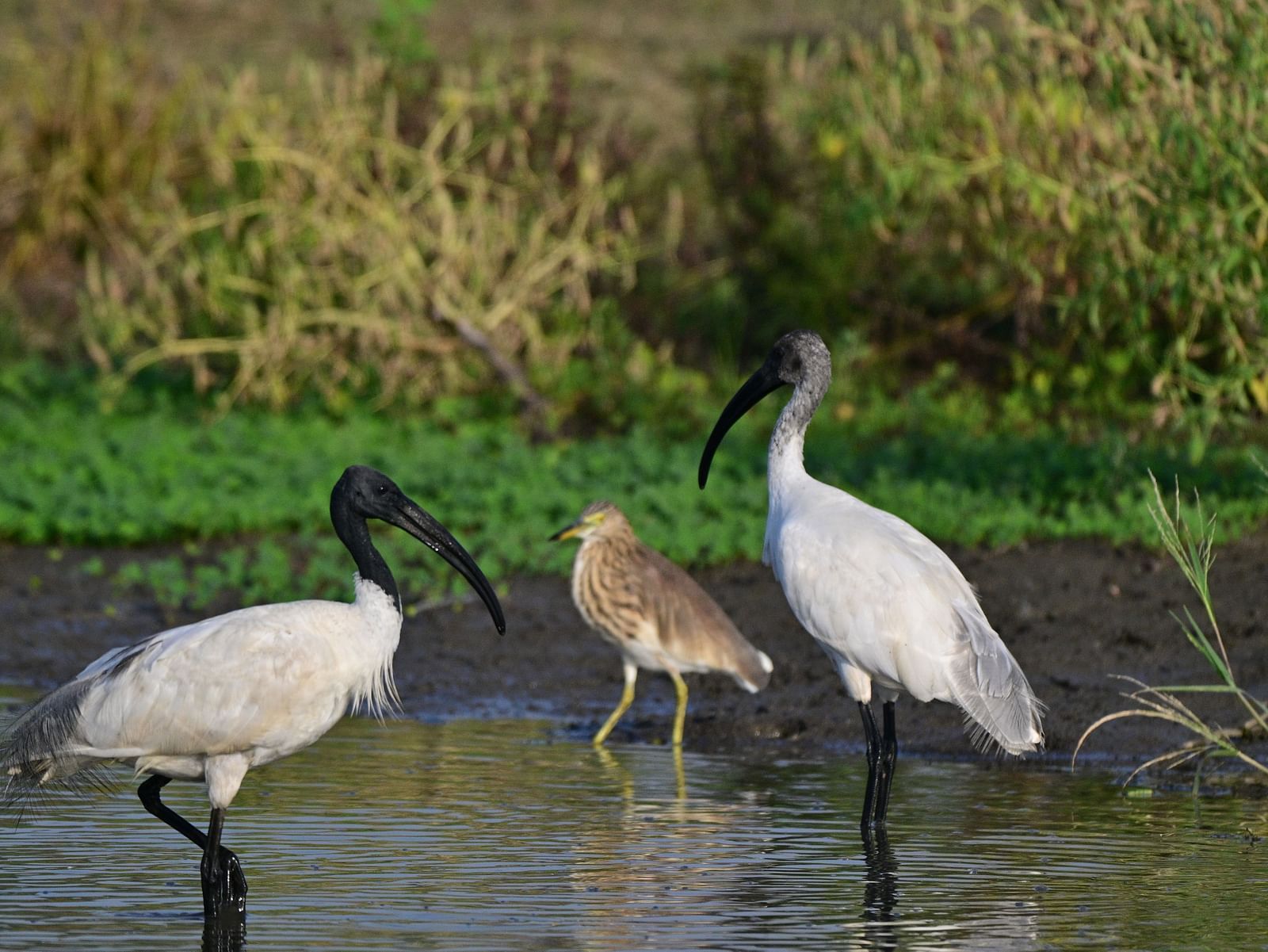
Other Blogs
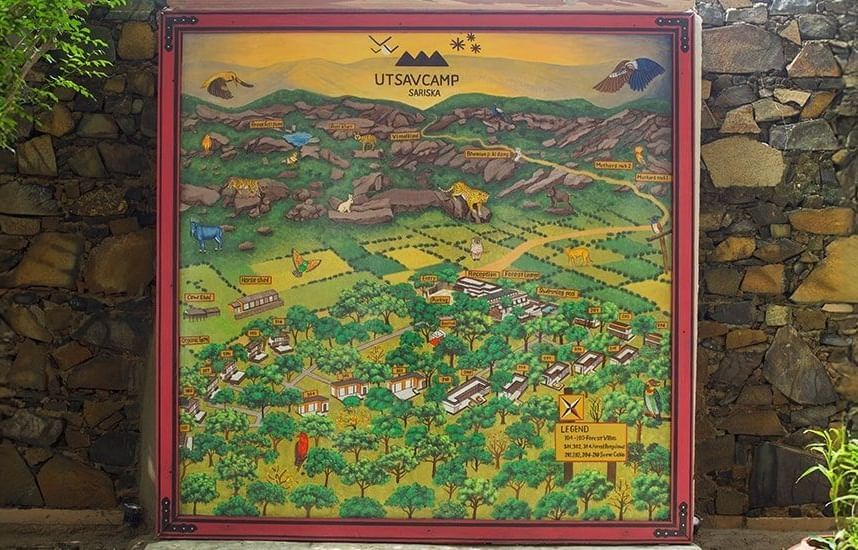
Behind the Scenes of a Hand-painted Map
Behind the scenes of Utsav Camp Sariska’s hand-painted Naturalist Map—7 days of artistry capturing the wild spirit of Sariska Tiger Reserve.
Read More
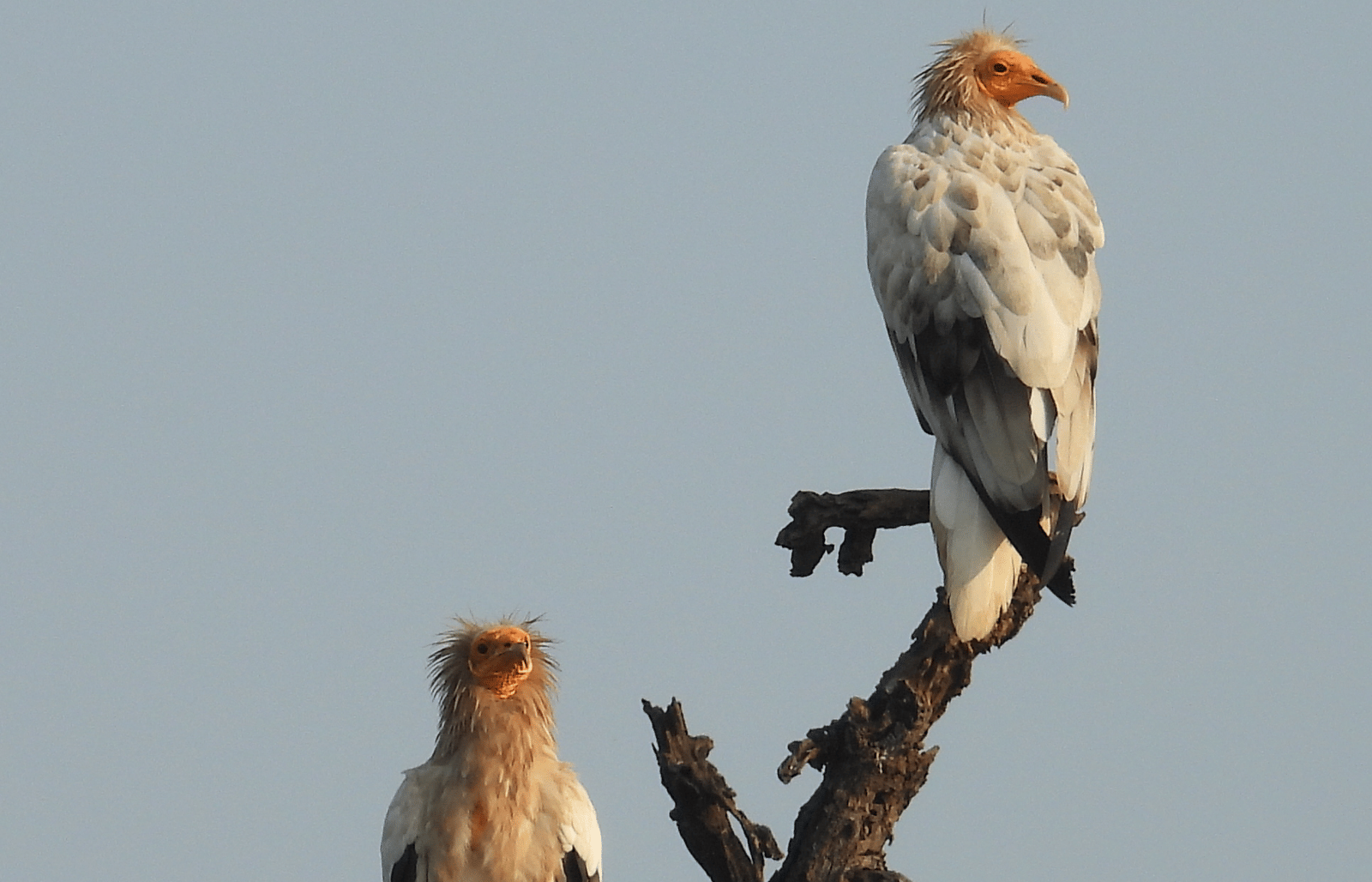
Vultures of Sariska
Discover the diverse vulture species inhabiting Sariska, their ecological roles, and the environmental effects they bring.
Read More
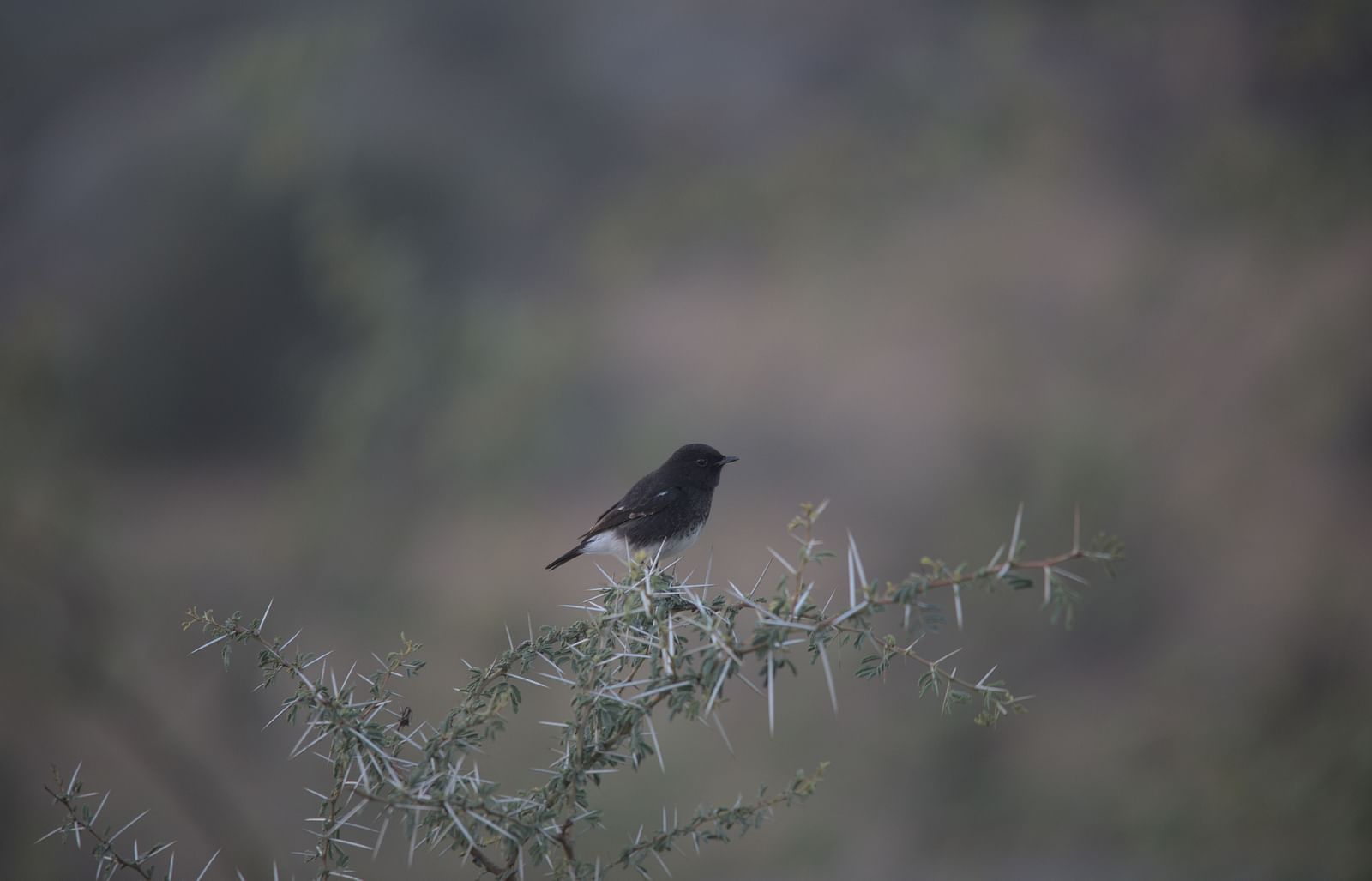
Deciduous Jungle of Sariska
The deciduous jungle of Sariska is home to a variety of trees and plants, each with significant medicinal and commercial value. Discover more about these remarkable species in this detailed guide.
Read More
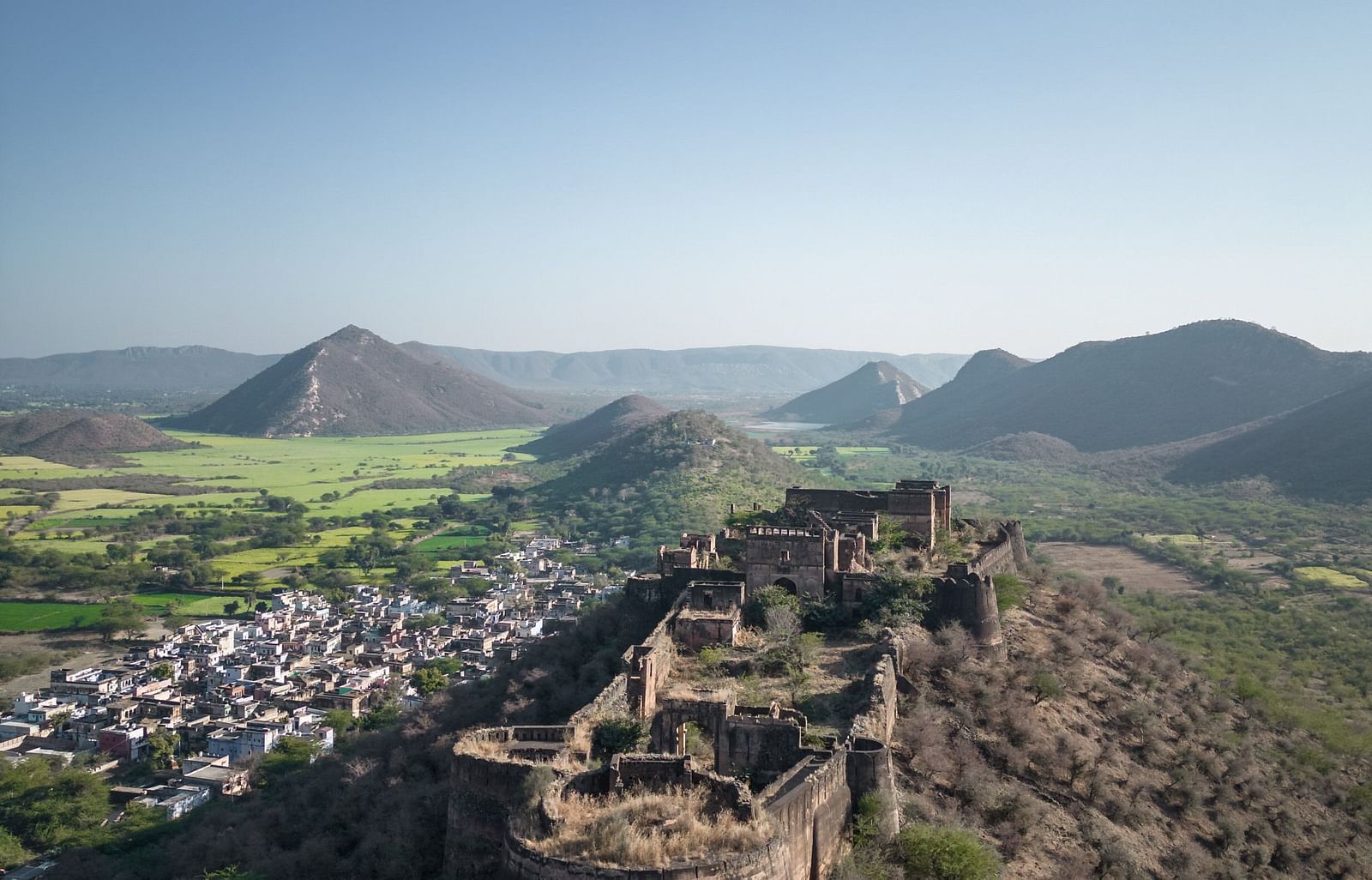
Mythological Importance of Sariska
Learn about the mythological significance of Sariska, including its temples, forts, and more, in this insightful blog.
Read More
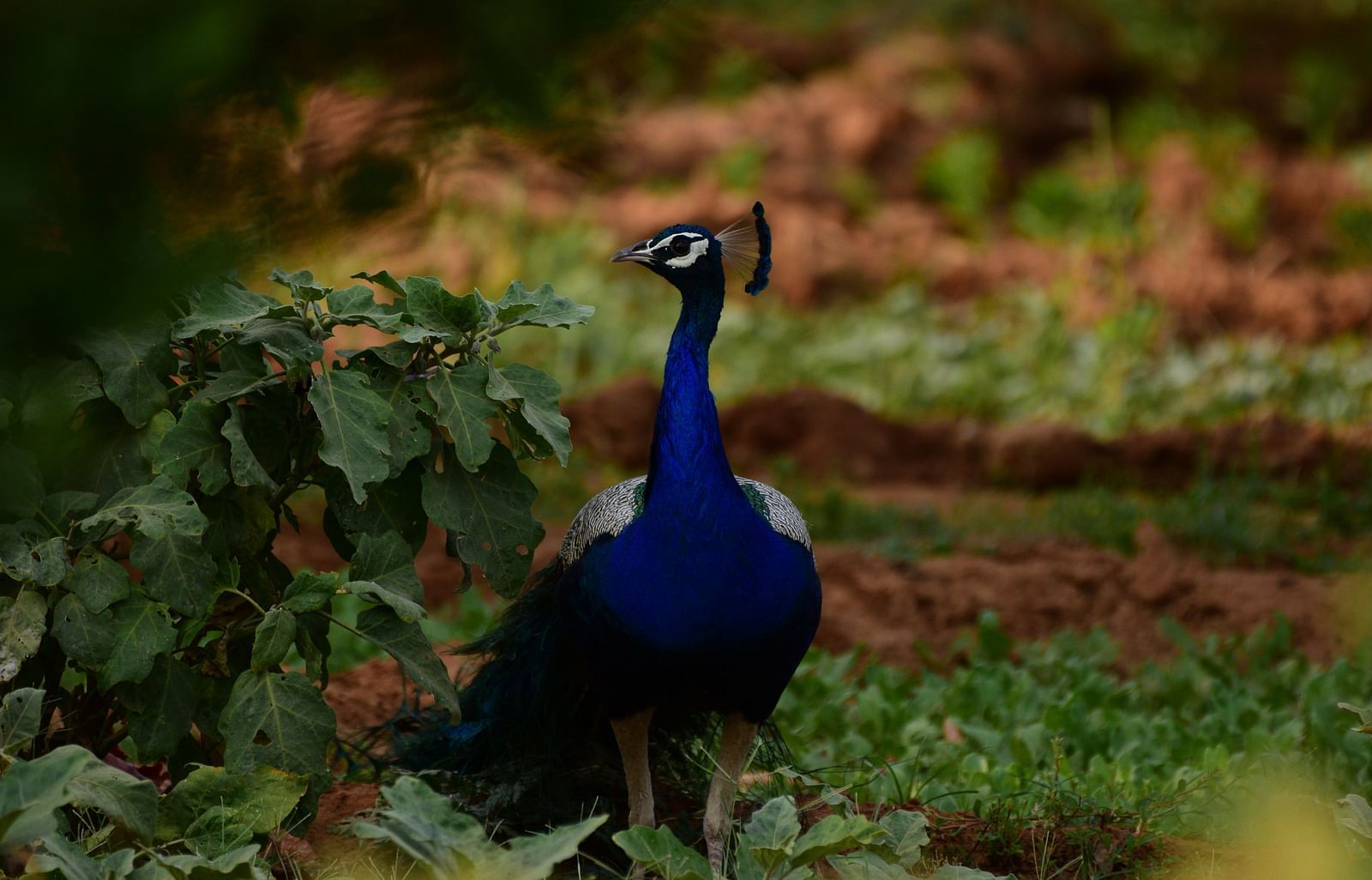
Sariska Tiger Reserve
Uncover Sariska Tiger Reserve in Alwar, Rajasthan! Delve into its history, park timings, and more in this detailed blog.
Read More
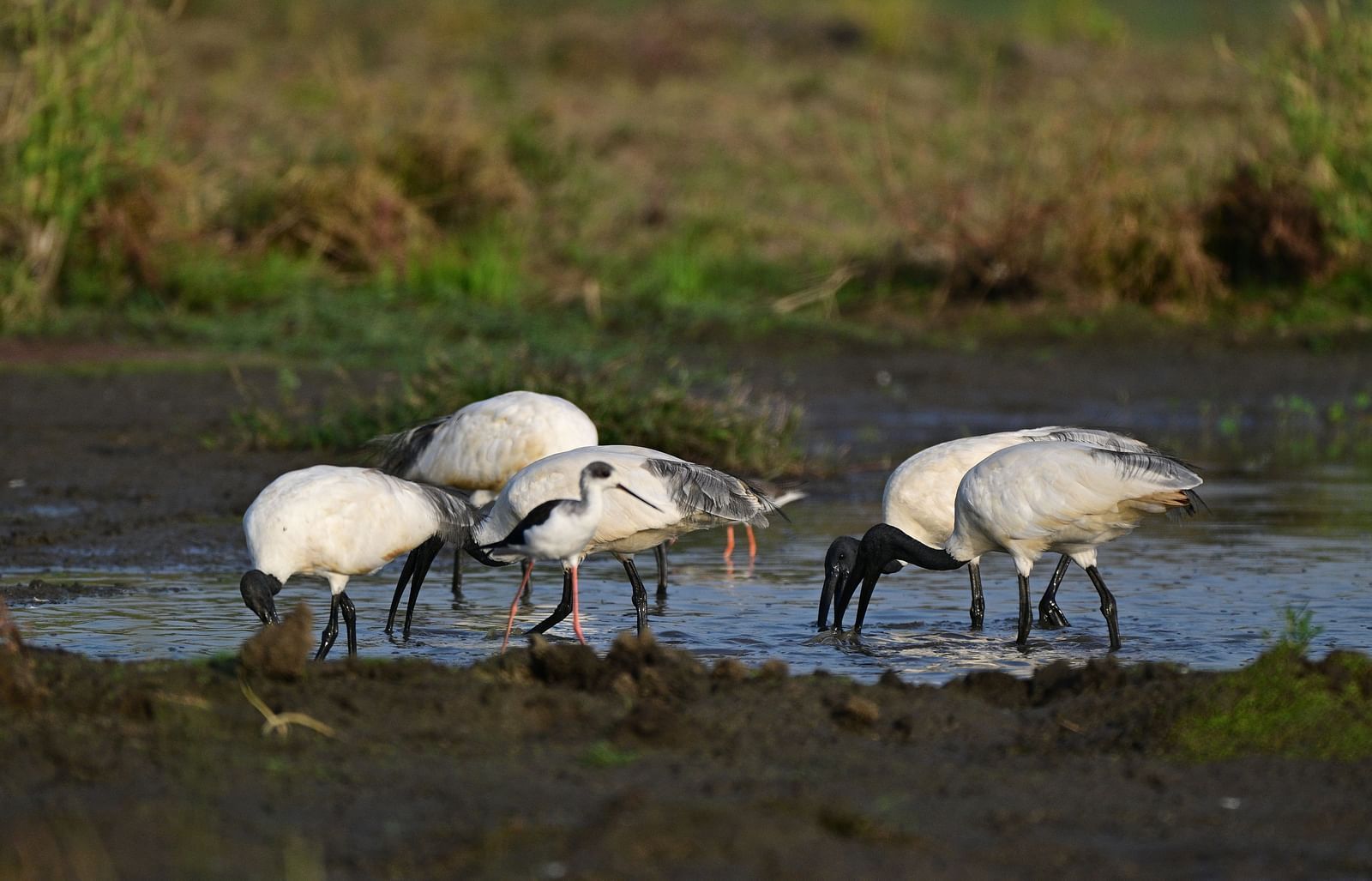
Avifauna of Utsav Camp Sariska, Around the Camp, and Nearby Wetlands
Explore the Avifauna of Utsav Camp Sariska, with diverse bird species around the camp and nearby wetlands, offering a birdwatcher's paradise and serene natural beauty.
Read More
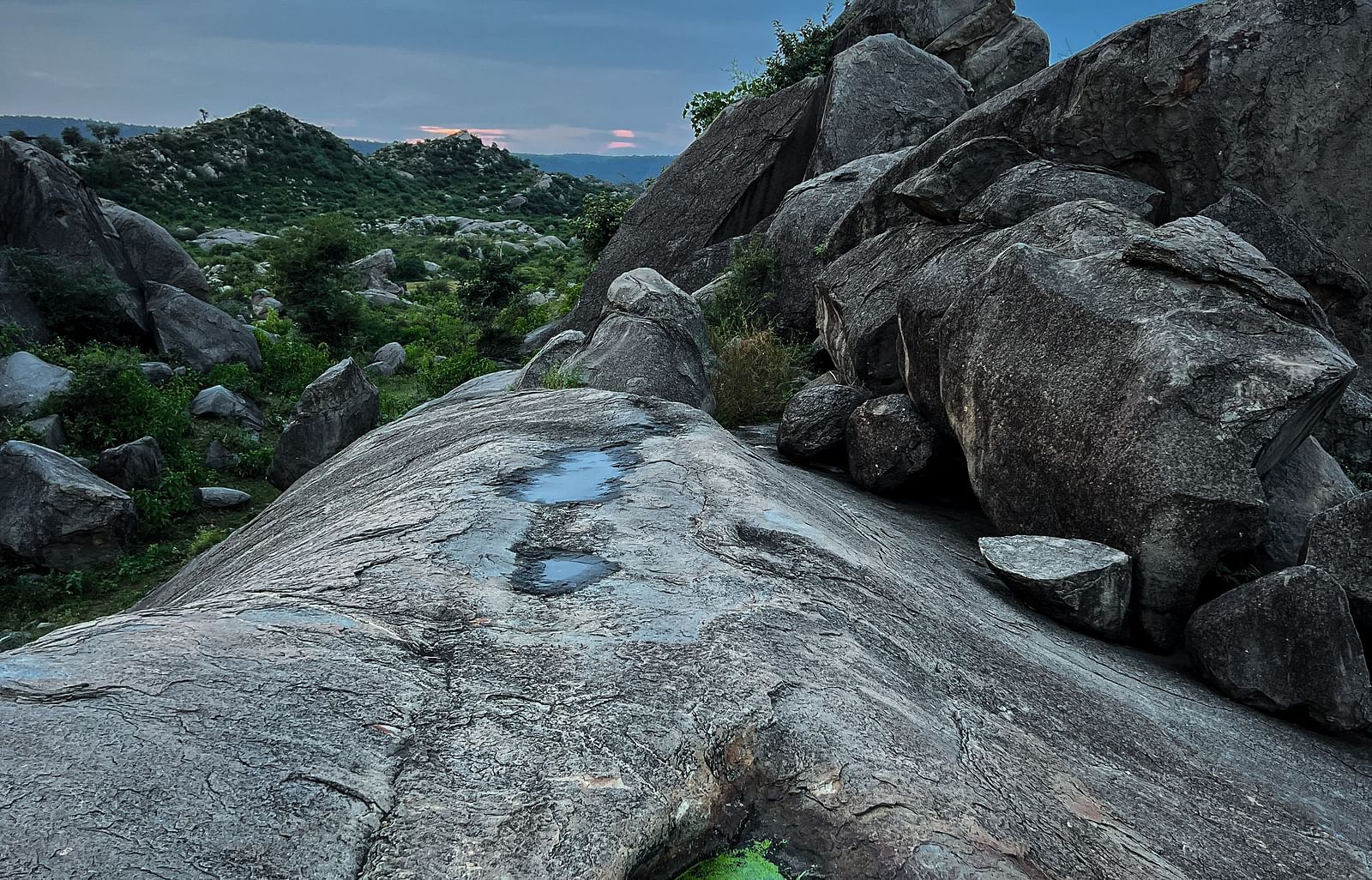
Boulders of Tehla
Explore the enchanting world of Tehla's boulders, and its diverse flora and fauna, beautifully depicted in this detailed blog.
Read More
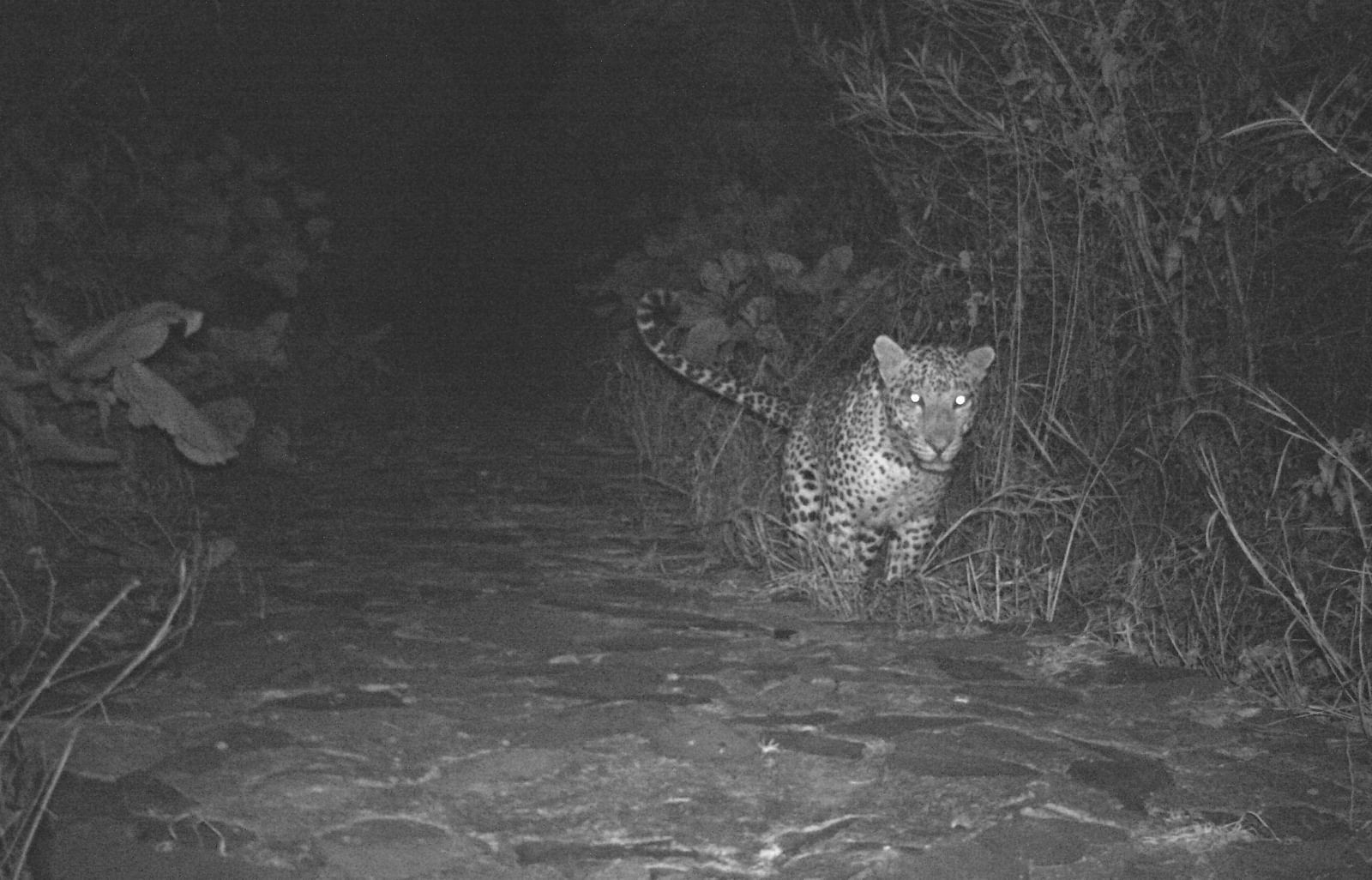
Camera Trap
Camera traps are used to record notable animal behaviour changes over a decade. Learn how we use them at Utsav Camp Sariska to monitor the wildlife surrounding us.
Read More

Hide and Seek with Hyena
Away from the labs of The Maharaja Sayajirao University of Baroda, into the wilderness of boulders, this was the first time I came out of my comfort zone and got an opportunity to work at Utsav Camp Sariska as an intern.
Read More
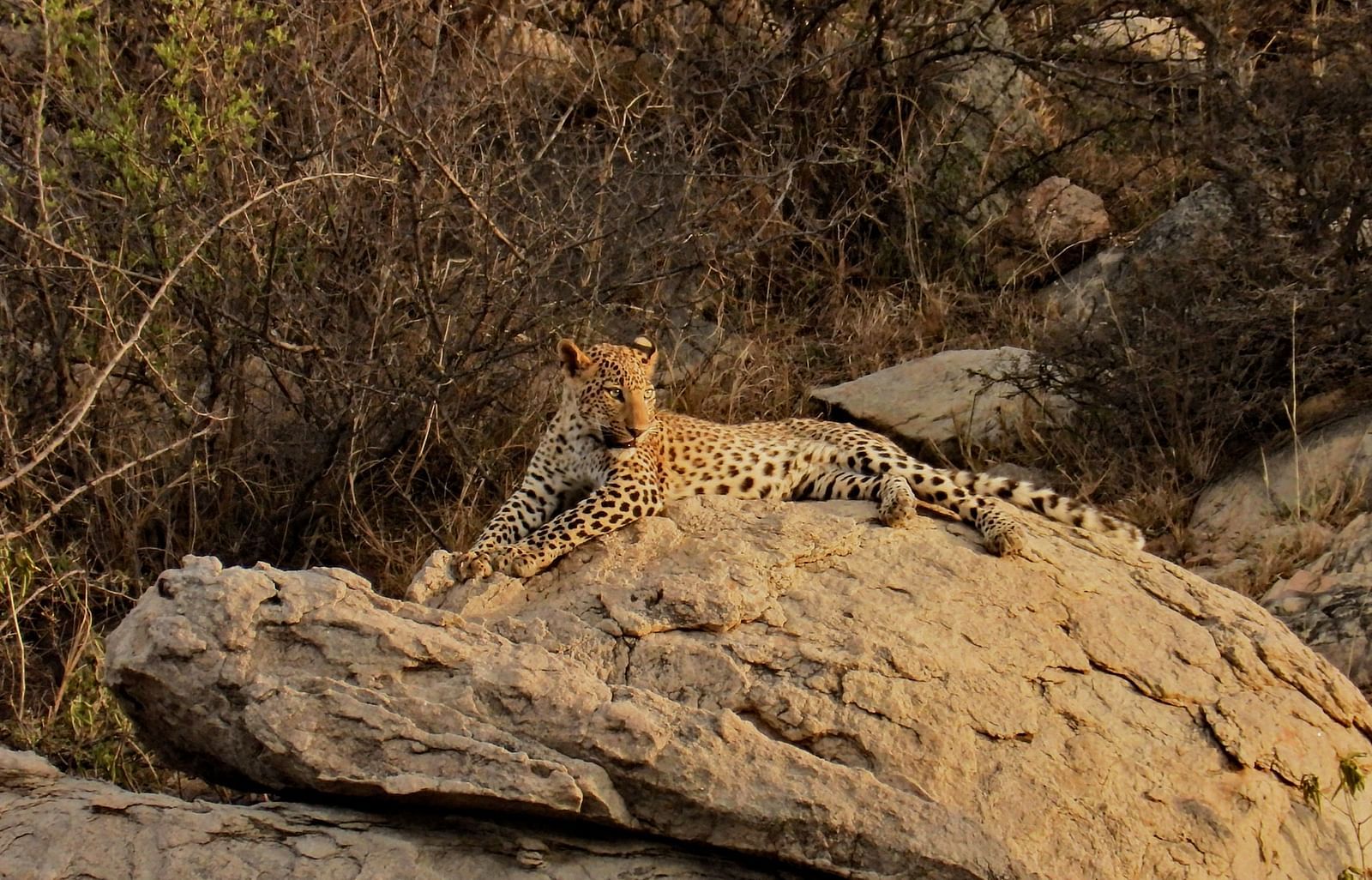
In the Wild Heart of Sariska: A Journey into the Unknown
An intern’s first encounter with the wild at Sariska—from leopard sightings to silent sunsets, a journey into nature, guided by expert naturalists and deep curiosity.
Read More
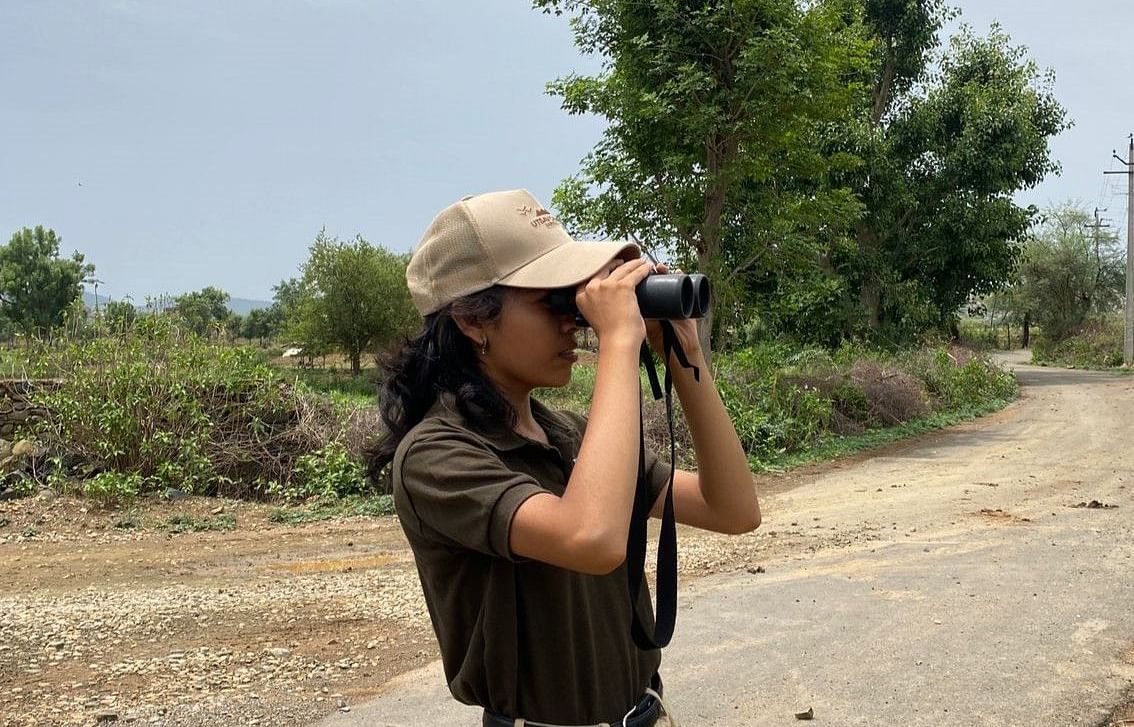
The Glowing Eyes
A thrilling morning in Sariska as glowing eyes in the dark lead to an unforgettable leopard encounter and wild insights.
Read More